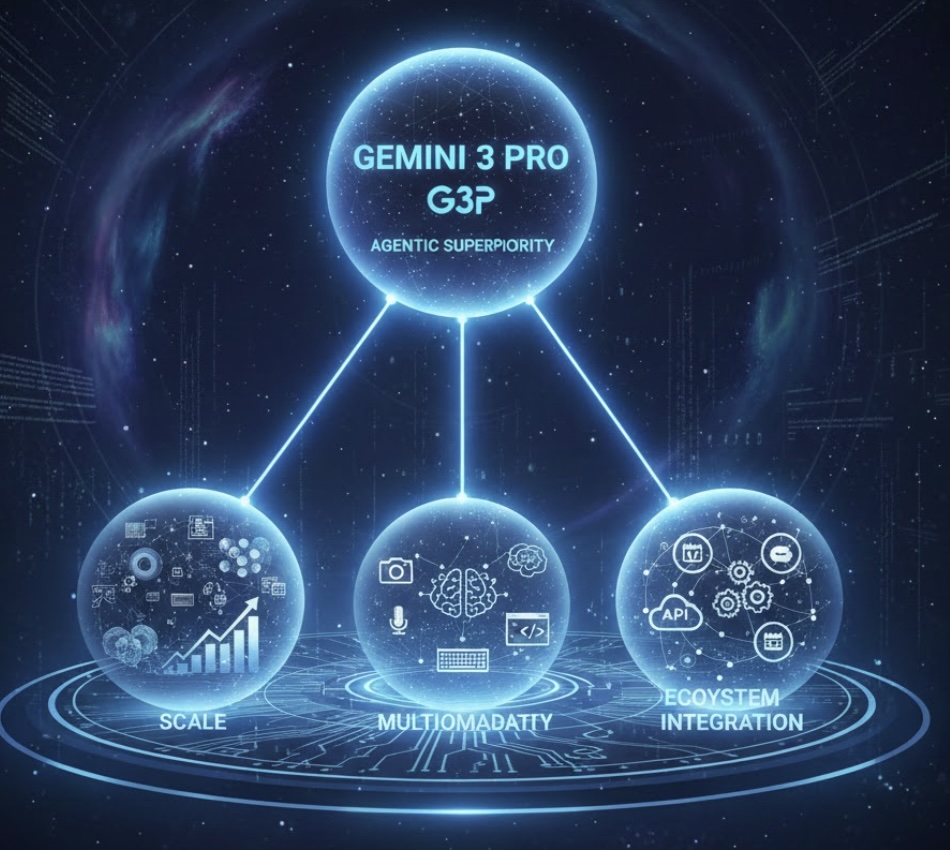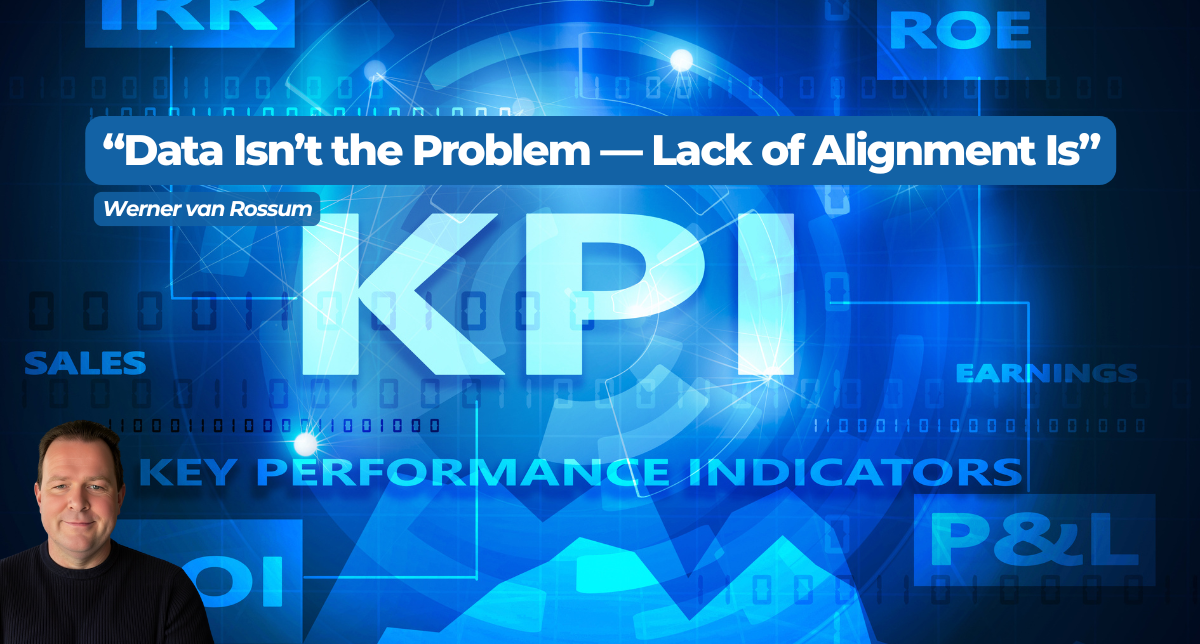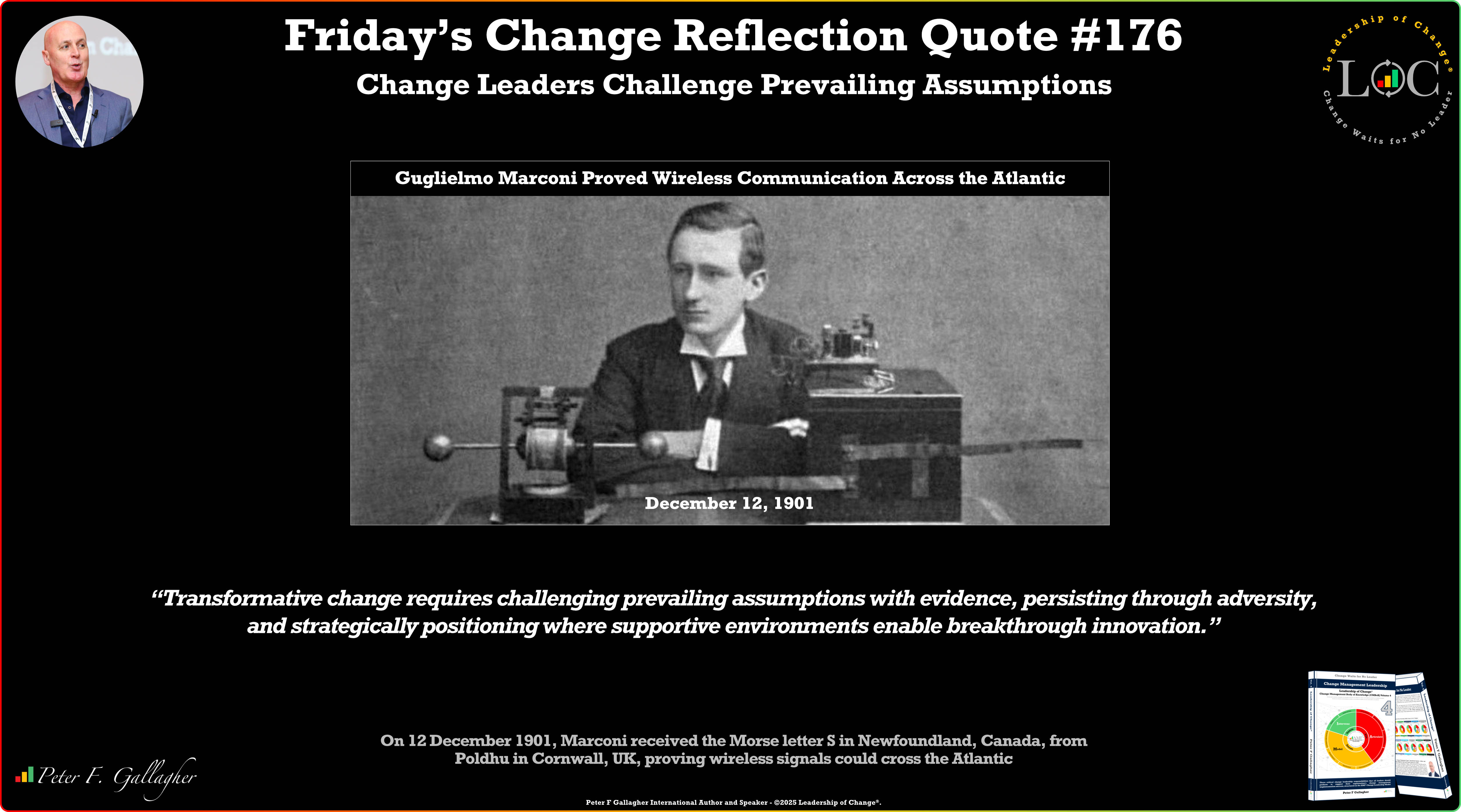Feb07

In today’s experiential marketing landscape, it’s no longer enough to simply tell a good story. Audiences now seek immersion—moments where they don’t just hear a story, but actually live it. This shift from passive consumption to active participation lies at the heart of immersive storytelling. By engaging all the senses and fostering a deeper emotional connection, immersive storytelling has become a powerful tool for brands that aim to stand out in a crowded marketplace. Here’s why it works and how your business can harness its potential.
What is Immersive Storytelling?
Immersive storytelling is all about creating experiences that transport people into a narrative. It goes beyond traditional marketing content by making audiences feel like active participants. Through cutting-edge technologies such as virtual reality (VR), augmented reality (AR), and interactive installations, brands can craft compelling stories that engage viewers on multiple levels. Immersive storytelling isn’t just about delivering a message—it’s about creating moments that resonate, inspire, and build lasting emotional connections.
Why Emotional Connections Matter
Emotions drive decisions. Research consistently shows that consumers are more likely to remember, trust, and advocate for brands that connect with them on an emotional level. Immersive storytelling helps create these emotional bonds by placing the audience at the center of the narrative. Instead of merely hearing about a product’s benefits, people experience them firsthand—whether it’s walking through a VR showroom, interacting with AR product demonstrations, or exploring a branded digital world. These experiences create authentic connections that traditional marketing methods can’t achieve.
The Benefits of Immersive Storytelling
Increased Engagement: Immersive experiences captivate attention. When people can see, touch, or feel your brand’s story, they’re more likely to remain engaged and retain the information.
Stronger Brand Loyalty: By offering memorable, emotionally resonant experiences, you build a loyal community that sees your brand as more than just a product or service—it becomes part of their identity.
More Word-of-Mouth Marketing: When consumers participate in something truly unique, they naturally want to share it. Immersive storytelling often sparks organic buzz, driving new leads and expanding your reach without traditional advertising.
How to Start Your Immersive Storytelling Journey
If you’re ready to incorporate immersive storytelling into your marketing strategy, consider the following steps:
Understand Your Audience: Begin by diving into your target audience’s preferences, pain points, and aspirations. What kind of experiences will resonate most with them?
Set Clear Objectives: Define your goals. Are you building brand awareness, increasing sales, or strengthening loyalty? Your goals will shape the story you tell.
Use the Right Technology: Whether it’s VR headsets, AR filters, or interactive video platforms, the tools you choose depend on the story you want to tell and the resources you have available.
Develop a Compelling Narrative: Remember, immersive storytelling isn’t just about cool tech. It’s about a great story. Create a clear, authentic narrative that draws people in and keeps them emotionally invested.
Measure and Refine: Track engagement metrics, gather feedback, and continually refine your approach. The beauty of immersive storytelling is that it can evolve with your audience’s needs and expectations.
Conclusion
Immersive storytelling is more than just a trend—it’s a transformative approach to marketing. By creating experiences that engage, excite, and connect, brands can establish stronger emotional bonds with their audiences. These bonds lead to increased loyalty, greater advocacy, and ultimately long-term success. Whether you’re exploring VR activations, AR-enhanced campaigns, or interactive digital worlds, the key is to place your audience at the heart of the story. By doing so, you won’t just stand out in a competitive landscape—you’ll create a legacy of meaningful, memorable brand experiences.
By Andres Leon
Keywords: AR/VR, Marketing, Metaverse
 The Agentic Superiority of Gemini 3 Pro: Scale, Multimodality, and Ecosystem Integration
The Agentic Superiority of Gemini 3 Pro: Scale, Multimodality, and Ecosystem Integration Data Isn’t the Problem. Alignment Is.
Data Isn’t the Problem. Alignment Is. Friday’s Change Reflection Quote - Leadership of Change - Change Leaders Challenge Prevailing Assumptions
Friday’s Change Reflection Quote - Leadership of Change - Change Leaders Challenge Prevailing Assumptions The Corix Partners Friday Reading List - December 12, 2025
The Corix Partners Friday Reading List - December 12, 2025 Measuring the True ROI of Automated Claims Processes: Beyond Speed and Cost
Measuring the True ROI of Automated Claims Processes: Beyond Speed and Cost